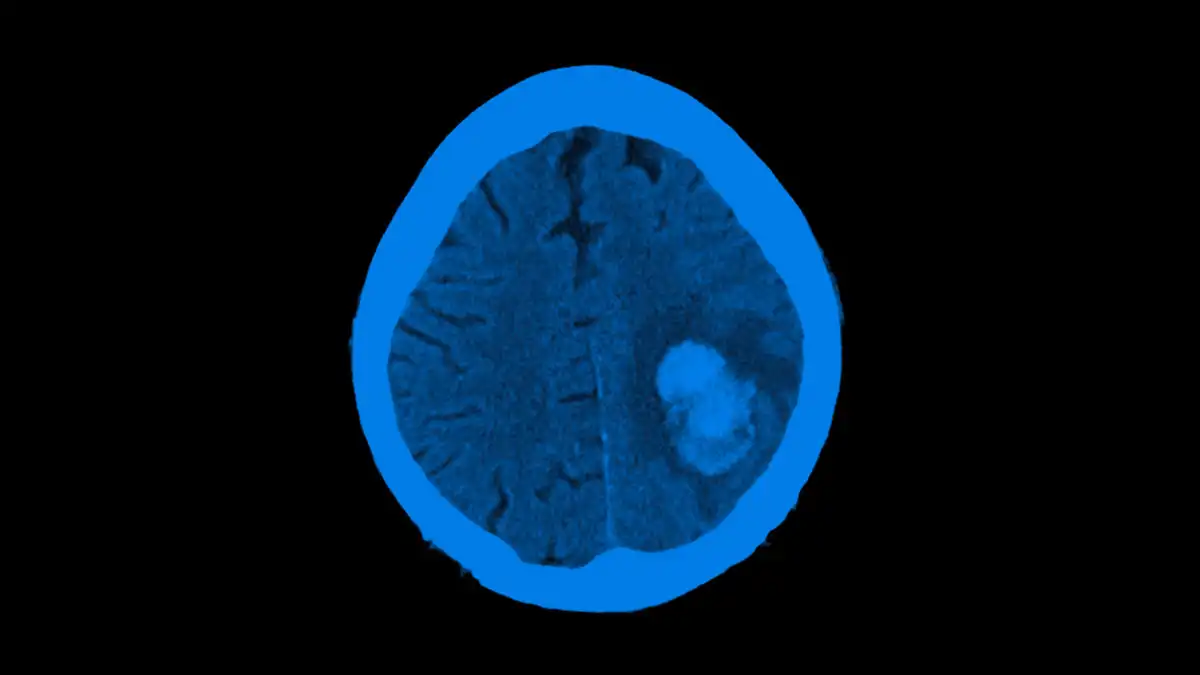
Viz™ AORTIC
A Review of Mature Machine Learning and Artificial Intelligence...
Background After years of both increasing enthusiasm and skepticism by surgeons and patients, the first artificial intelligence (AI) and machine...
May 05, 2023

Comprehensive Stroke Centers (CSCs) strive to narrow rt-PA and “Door To Groin” (DTG) neurointerventional (NIR) times. Process improvement workflows have been put in place for rt-PA. While similar processes have been implemented to streamline workflows for hyperacute NIR cases, complex pathways, disparate imaging locations, and fragmented communications all highlight a need for continued improvements.
This quality improvement initiative (IRB #210525) was implemented to assess our transition to the Viz.ai platform for immediate image review and centralized communication and its effect on key performance indicators (KPIs) in an already robust CSC. We compared 6 month periods prior to and following deployment. Sequential stroke NIR patients were included. Both Direct Arriving LVO (DALVO) and telemedicine transfer LVO (BEMI) cases were assessed. We assessed subgroups of DALVO-OnHours, DALVO-OffHours, BEMI-OnHours, and BEMI-OffHours. Mann-Whitney U was utilized.
Eighty-two NIR cases were analyzed pre v. post Viz.ai implementation (DALVO-OnHours 7 v. 7, DALVO-OffHours 10 v. 5, BEMI-OnHours 13 v. 6, BEMI-OffHours 17 v. 17). DALVO-OnHours improved 19% (97min, 79min; p=0.201) in median DTG times. DALVO-OffHours had a significant 39% reduction (157min, 95min; p=0.009). DALVO-“All” showed a significant 32% reduction (127min, 86 min; p=0.006). BEMI-OnHours improved 18% (37min, 31min; p=0.337). BEMI-OffHours improved 38% (45min, 28min; p=0.077). BEMI-“All” significantly improved 33% (42min, 28min; p=0.036). Overall, there was a 22% reduction (50min, 39min; p=0.066) after Viz.ai implementation.
There was an immediate KPI improvement following Viz.ai implementation for both direct arrival and telemedicine transfer NIR cases (32% and 33% respectively). In the greatest opportunity subset (direct arriving cases requiring team mobilization off hours without benefit of telemedicine transfer lead time) we noted a 39% improvement. With Viz.ai, we noted immediate access to images and streamlined group communications, even in an already well-functioning CSC. These results have implications for future care processes and can be a model for centers striving to optimize workflow and improve NIR timeliness.